Table of Contents
Three Basic Types of Lighting
Whether you notice or not, a mixture of ambient, task, and accent lighting is used across your home. These three basic types of lighting not only brighten up your home but also add personality to the space. Ambient lighting makes indoors visible; task lighting adds further brightness to the areas to facilitate the task-carrying; and accent lighting gives you leeway to manipulate and leverage your favorite nooks and corners, drawing attention towards unique art pieces or highlighting your home’s décor. Besides creating a dramatic spotlight, accent lighting fixtures evoke personality and revitalize the area.
What Is Accent Lighting? Types and Uses
When you walk into a well-designed room, you are usually immediately drawn to the creative configuration of the space using furniture, paint, and draperies.
The various lighting features and luminaires around each area play a major role in laying out the spaces and highlighting certain parts. That is called accent lighting.
Accent lighting is intentional lighting intended to attract the viewer’s attention and focus on works of art or certain decor. Various setups and types of luminaires are used to achieve this.
What are accent lights used for?
Many people use accent lighting without even realizing it. It’s natural to highlight something we hold dear, from communion photos of children or grandchildren to the artwork we are especially proud of.
Many modern homes, which have vaulted ceilings and rustic-style windows, use this type of lighting to highlight the architectural features of the location.
Making these details stand out and have the desired effect on those who see them requires special lighting made possible by specific fixtures.
This effect of highlighting selected parts of the room for aesthetic reasons is accent lighting.
What types of lighting are considered accent lighting?
The key to good accent lighting is to use limited but impactful light. In this case, less is more. In addition, the type of luminaire used brings different charms and functions.
A concealed or recessed luminaire is low profile. The effect is a soft glow of light, where all the limelight falls on the accented elements of the room, such as a large wall.
On the other hand, a more visible luminaire adds functionality and flexibility to accent lighting, as it can be adjusted. At the same time, the luminaire also serves as a focal point itself, with fantastic designer luminaires available on the market in the form of floor lamps, table lamps, chandeliers, etc.
Track lighting
The track light is a luminaire with 3 and 6 in-line light heads, each individually adjustable to direct the light.
In this way, you can continuously accentuate artwork or displays, even if you change their location or size later on.
Spotlights and Ceiling (Wall) lights
Ceiling lights and spotlights are the solutions for specific illumination with precision. Built-in or surface-mounted ceiling lights(wall lights) could save considerable space while providing ample lighting for the focal visual spots, such as an art piece or stylish storage.
These lights don’t only find their perfect place in public spaces such as restaurants, bars, hotels, media libraries, showrooms, or directly in commercial shops. Still, they are installed in all your rooms: living room, bedroom, office, kitchen, bathroom.
Ceiling light decorates your interior flexibly and subtly.
It is common to mix spotlights, ceiling lights, and wall lights; these three kinds of lighting play a key and complementary role in your home decoration.
Floodlights
These are high-intensity outdoor flood lights clad in weather-resistant aluminum. When used as accent lighting, they are attached to stakes that can be driven into the ground.
The brighter lights can be used to accent garden paths, house facades, or patio decor.
Strip Light
They are the most versatile and easy to install, making them a favorite among lighting enthusiasts.
The strip lights have small LEDs along a thin, flexible strip that you can stick anywhere you want. They instantly accentuate the surrounding area.
The most exciting news is that nowadays, the strip light has become a part of smart home space, i.e., it is connected with the App, Alex, or Google Assistance and offers as many as 16 million color options and white-light color temperatures. The newly released Wyze light strip and the Light Pro offer “Music Mode “and “Sun Match.” Music Mode is supposed to sync your light strip to music, while Sun Match is supposed to auto-adjust the color temperature based on the time of day. There are some customizations, such as Vacation Mode and Sleep Routines.
What is the difference between accent light and task light?
Now that you know about accent lighting in-depth, we can talk about another purpose of lighting, which is for tasks and is called task lighting.
Accent lighting is more aesthetic and serves to beautify a space. However, task lighting serves the vital function of providing adequate and effective light that is bright and crisp for regular tasks and jobs around the home or office. Reading the description, one can visualize that accent lighting tends to be a warmer, yellower color temperature. In contrast, task lighting should be a cooler white color.
Task lighting is used to focus on precision and detail tasks involving smaller or low-contrast objects. Think threading a needle, drawing in a notebook, chopping fine herbs, reading medicine bottles, or repairing something on a workbench. These tasks need a light that does not add shadow or contrast and effectively illuminates the task. And that is where the table or floor lamps, ceiling lights, strip lights, and other types of bright, low-contrast lighting come into play.
But what if I told you that you could combine the functions of two lights in a single fixture, with careful thought and space planning? You can have a single light source that can accent and provide task lighting for specific applications.
LED bulbs have many lighting qualities that allow you to customize the purposes they can serve. Color temperature, color rendering index, and lumens can be selected to have multiple uses. Think of under-cabinet lighting now commonly used in kitchens. Bright, high CRI (color rendering index) light can provide enough illumination to light the countertop for cooking and cutting.
At the same time, the warm yellow glow of this light will serve as an accent light to highlight marble countertops or an attractive backsplash. Another example is around an arts and crafts space. Track lighting heads can be directed at both the desk and surrounding artwork to provide task and accent lighting in one solution.
Finally, spotlights are one of today’s favorites, as they are ideal for illuminating foyers and accenting entryway décor or wall elements. They also provide bright luminosity for the task of getting ready and dressed to go out.
But accent lighting and task lighting can’t always be combined. Some areas that need to be accentuated and highlighted will not be the same as the task. For example, a title frame on your library wall will require accent lighting for the picture frame. Conversely, your reading desk will require a specific table lamp closer by.
Be creative, and you can always come up with your solutions. As long as you think about it and do your research, it’s hard to go wrong with lighting, but you can have an incredible effect without investing too much time and money.
Conclusion
Try going through your space and making a diagram of the things you need to accentuate and the tasks you need to light.
Start with accent lighting and see if it can be combined with a nearby task. Then add specific task lights that are more targeted to specific areas to work for you.

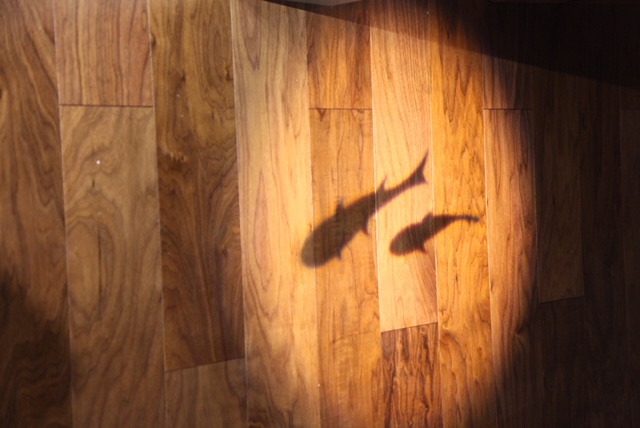

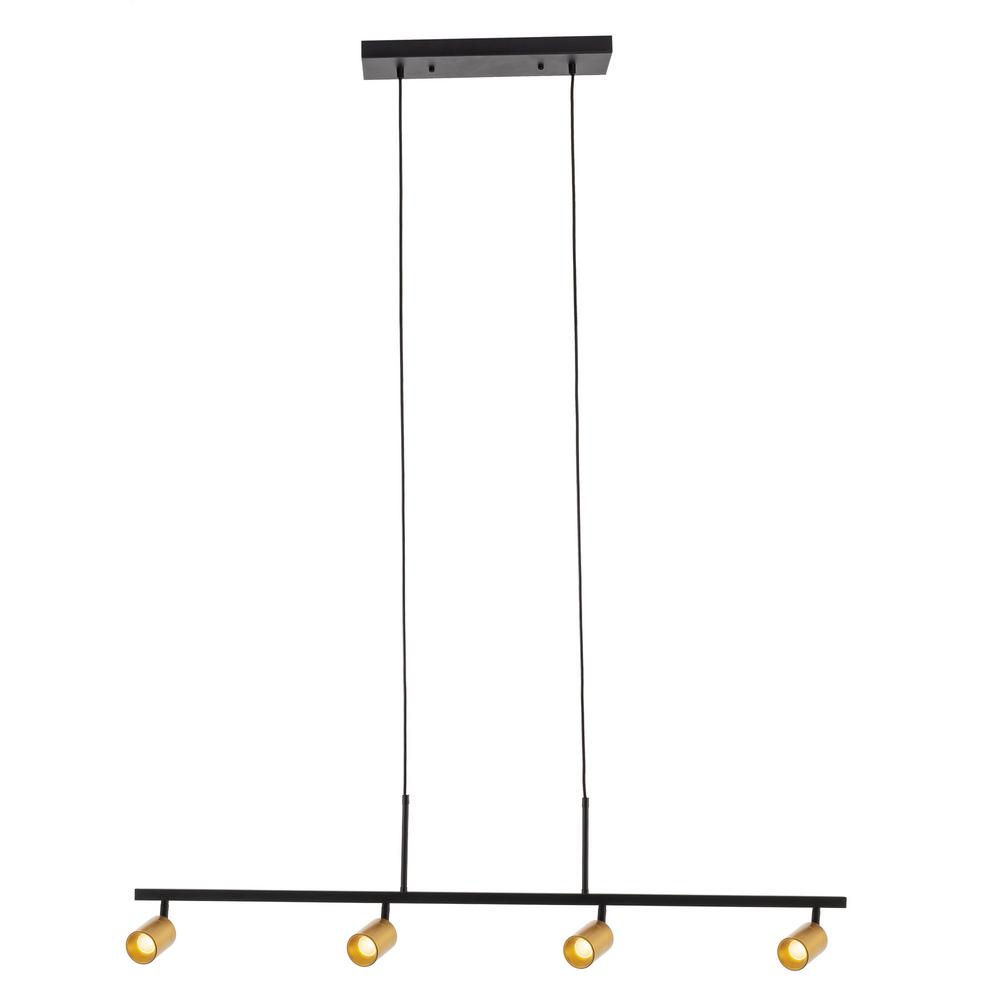
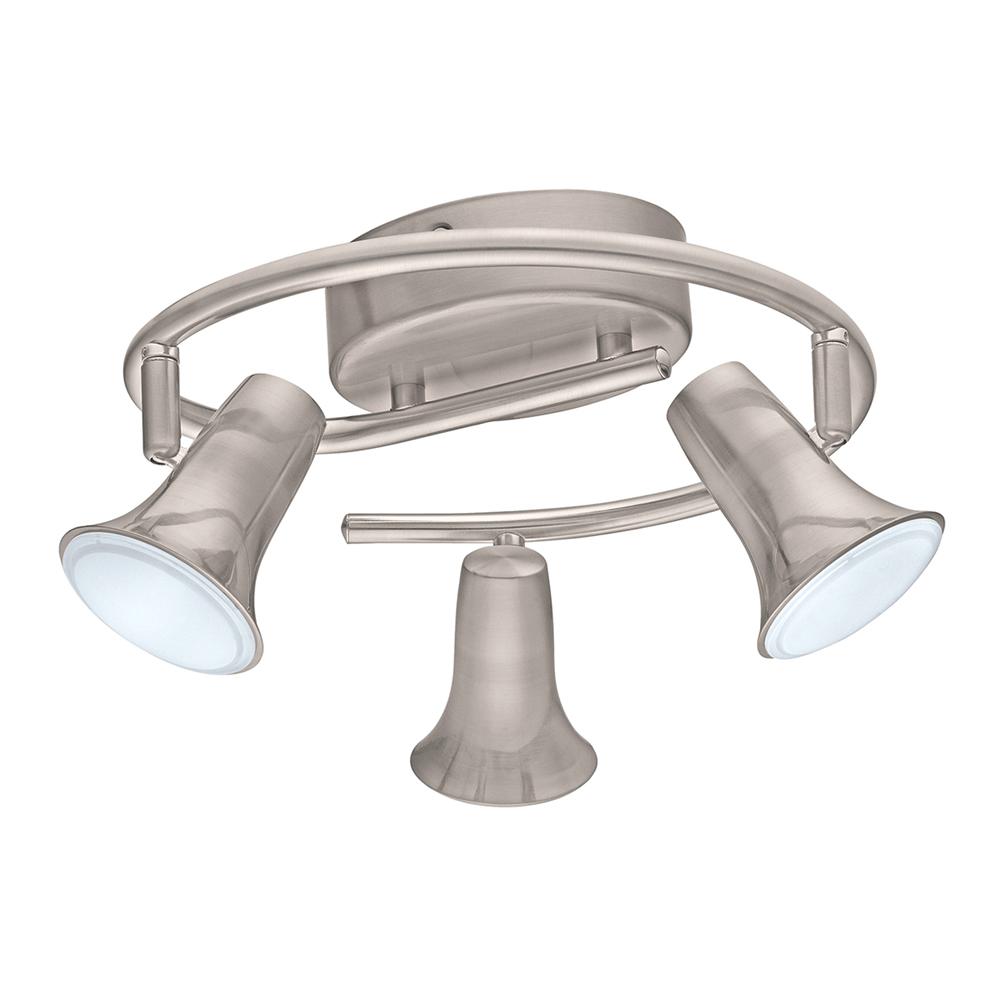

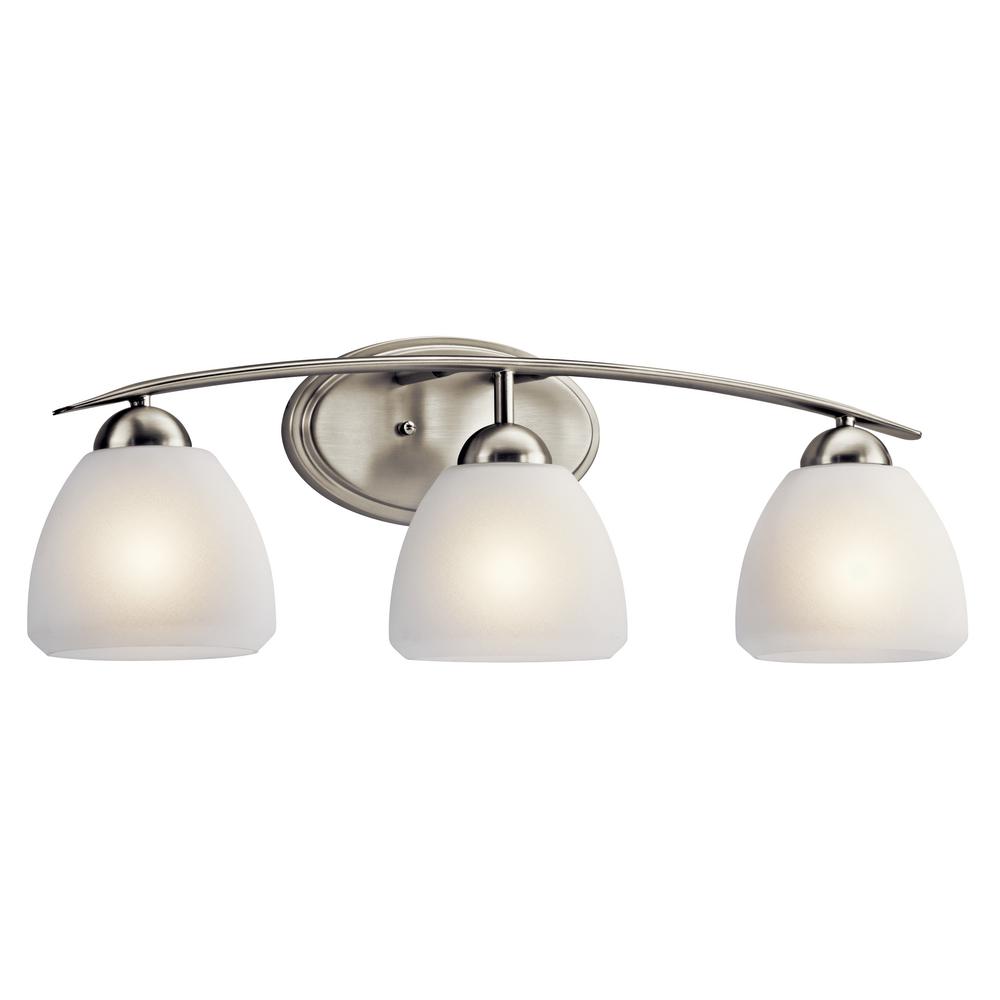
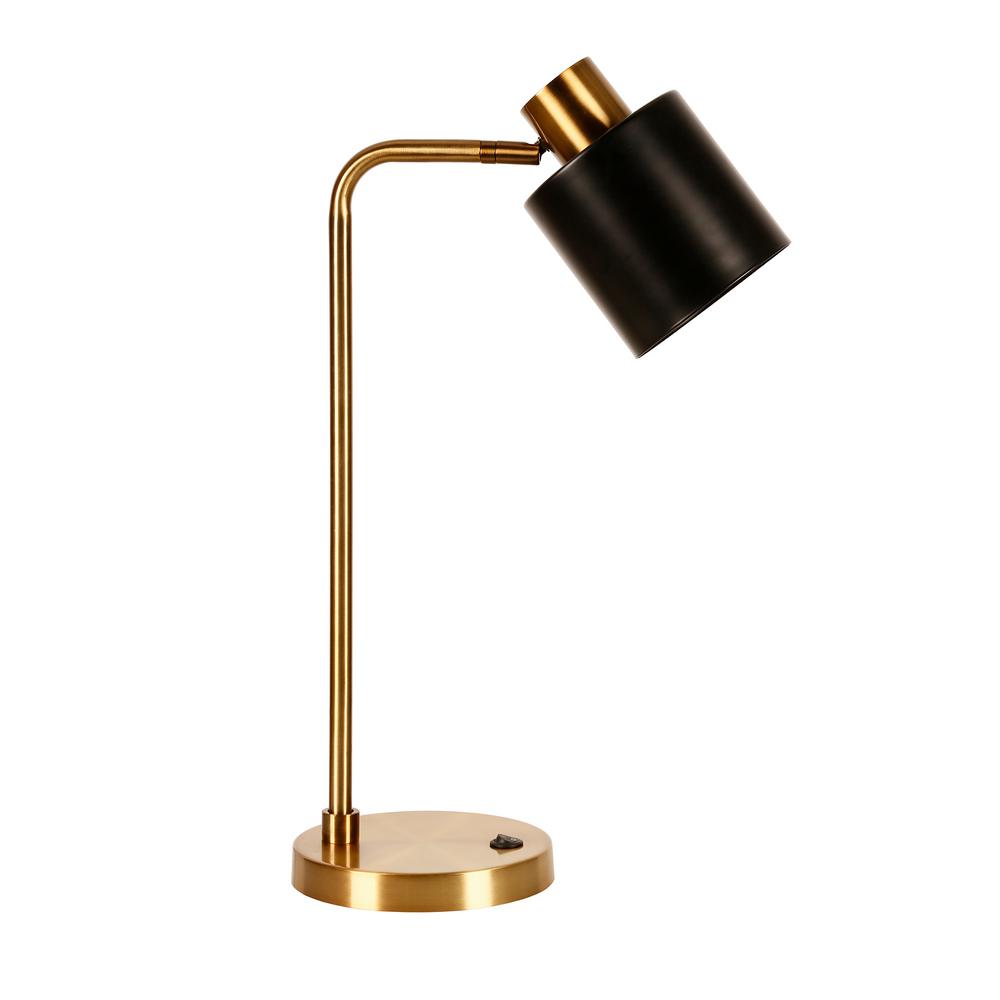

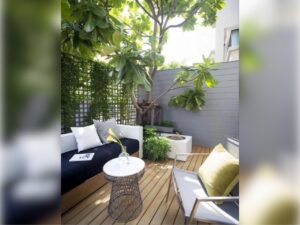

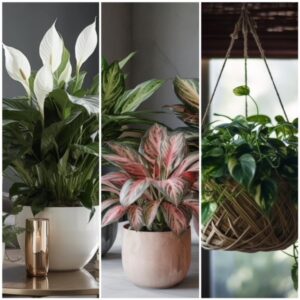
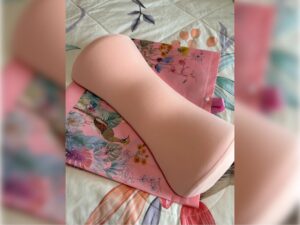
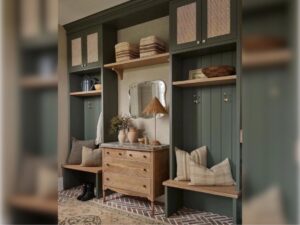

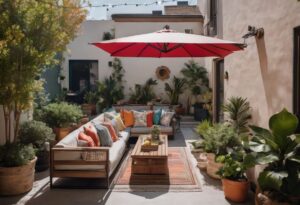
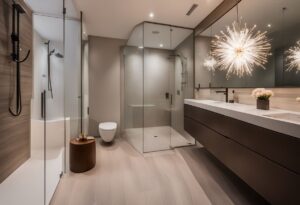
1 thought on “How to Properly Use Accent Lighting in Your Home”
I love your blog.. very nice colors & theme. Did you create this website yourself or did you hire someone to do it for you? Plz respond as I’m looking to create my own blog and would like to find out where u got this from. thanks a lot